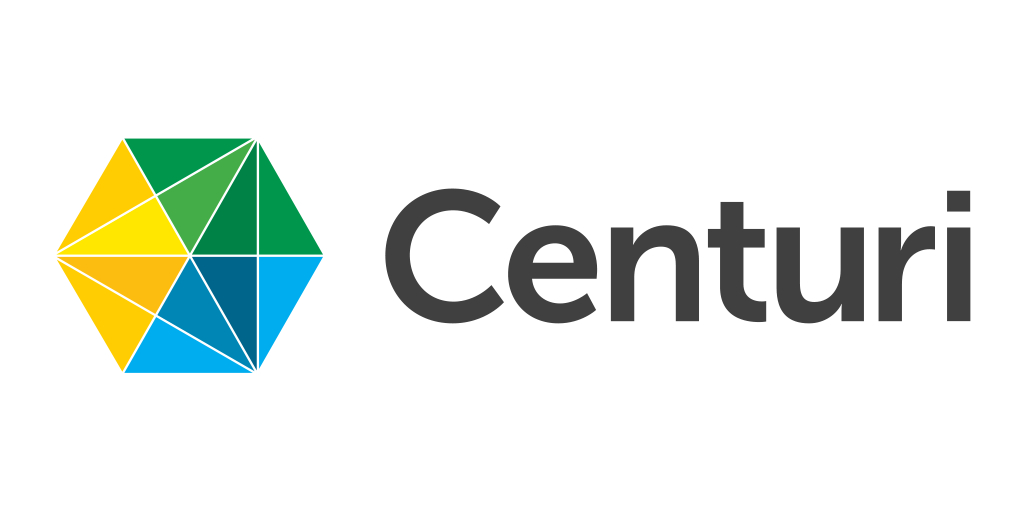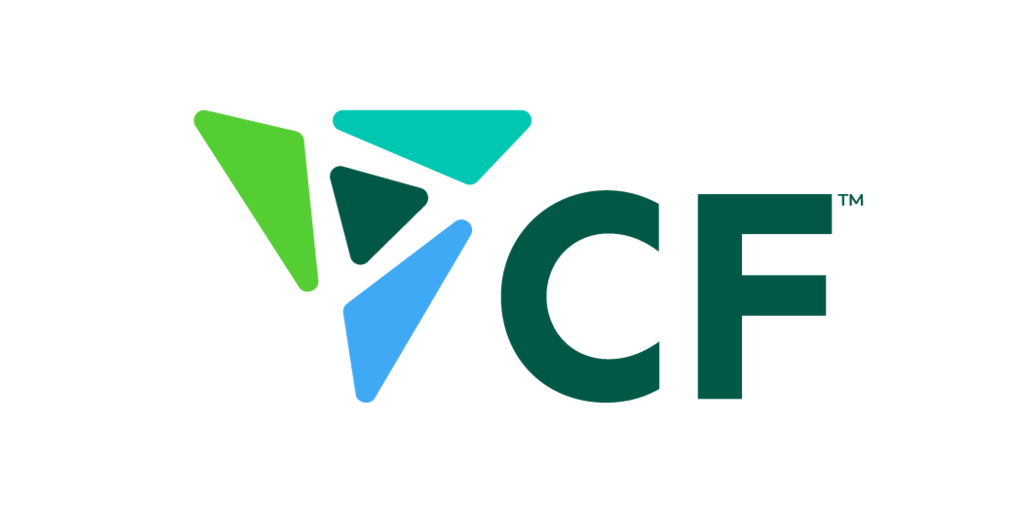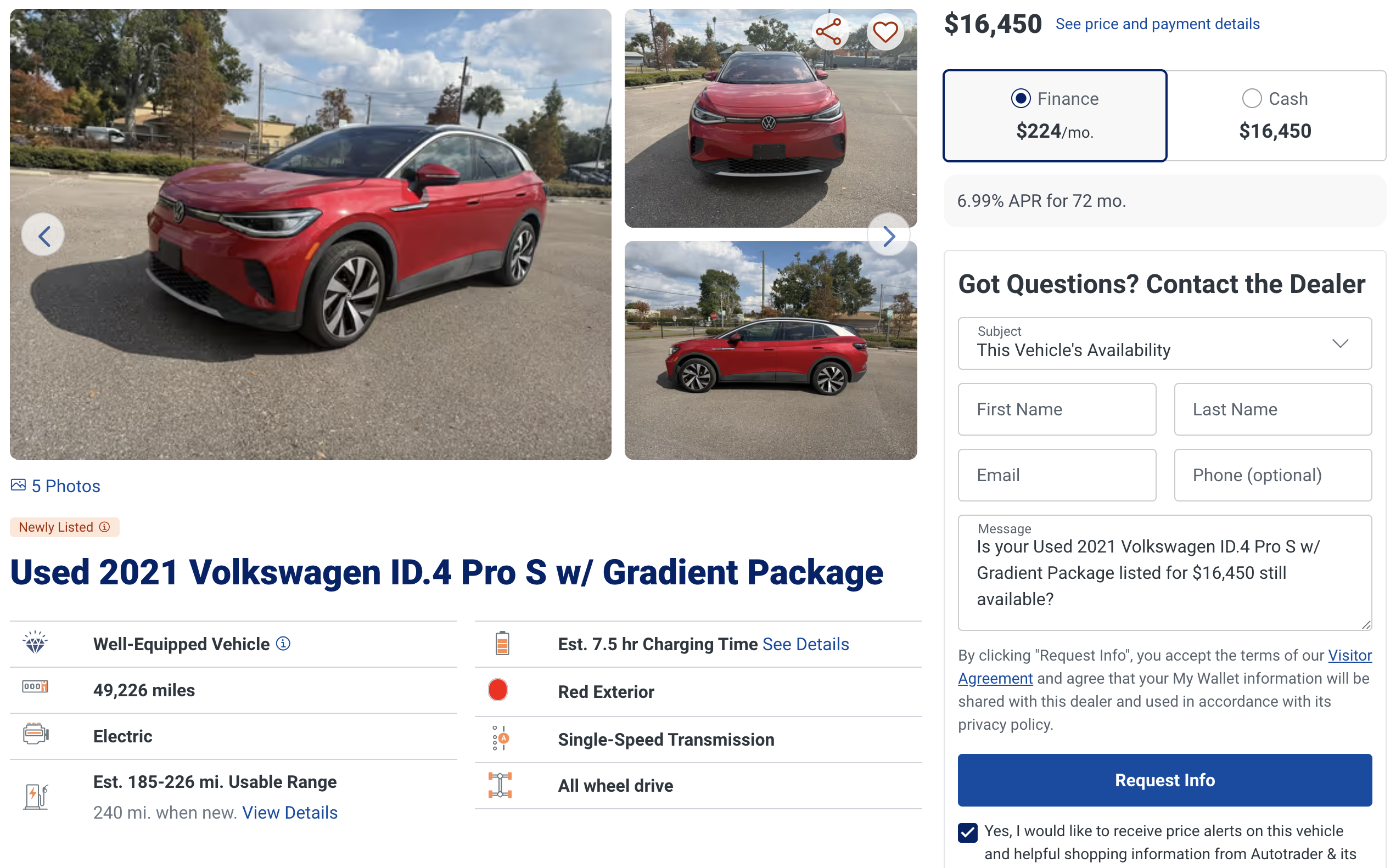After many years of writing articles on the Federal Reserve and central banking, there is one thing I can always expect in the hours following the publication of an article about the Fed: a reader will send me an indignant email insisting that the Federal Reserve is a private organization and that this is very important.
Moreover, from the context of these messages it is apparent the authors believe that the alleged private nature of the Federal Reserve is a bad thing. It’s unclear, however, why a central bank that is private is any worse (or better) than a nationalized, government-owned central bank.
Thus, the pertinent question to ask on the matter is this: does it matter if a central bank is public or private? Experience shows that the answer is no. After all, the two quintessential private central banks of Europe—the Bank of England and the Bank of France—were focused on serving their de facto state masters from the very beginning, much like similar “public” central banks. The allegedly private Federal Reserve is no different.
What Makes a Central Bank Private?
In an unhampered market economy, ownership is the determining factor when it comes to whether or not an organization is “public” (i.e., government-owned) or private. When it comes to central banks in an interventionist economy, however, things are much more murky. Generally, central banks are considered private if their de jure owners are private-sector individuals or organizations.
In the world of central banks, however, ownership and control are entirely separate, and private ownership rarely denotes private control. Rather, most “private” central banks with private owners are controlled—either de facto or de jure—by policymakers answerable to state agencies, as with the Federal Reserve. This was also the case with the Bank of England and Bank of France before they were nationalized, in 1946 and 1945, respectively.
Several of the world’s major private banks today are still regarded as private, although this is usually based on a very loose standard of “privateness.” For example, the Bank of Japan is private, and the stock is publicly traded. But the government of Japan is the majority stockholder. Private stockholders are explicitly barred from setting the bank’s policies. So, there is some private ownership but no private control. Indeed, the Bank of Japan was reputedly modeled on Belgium’s private central bank in the nineteenth century. By statute, Belgium’s central bank is at least 50 percent owned by the state, and management is reserved to state appointees. The Swiss central bank follows a similar model with some private-sector shareholders and majority state ownership.
The Federal Reserve is less private than these other central banks. The stockholders of the Federal Reserve are the private member banks of the twelve regional Reserve Banks. But these shares are not traded on any stock market and US statutes dictate how much stock these member banks must own. This is hardly a matter of private investors buying up equity as would be in the case with normal ownership. The shareholders can’t simply dump their stocks if they disagree with management.
[Read More: “The Federal Reserve and the Regime Are One and the Same“ by Ryan McMaken]
Moreover, the actual management of the Federal Reserve is heavily concentrated at the top, and very little control is exercised by the regional member Reserve Banks. While it is true that the member banks were far more involved in management before the 1930s, those days are long gone. Rather, the Fed’s policy in the modern world is determined by the Board of Governors and the Federal Open Market Committee. Both of these are government agencies whose composition and powers are determined by statute, not by any private owners.
As with other private banks, the “owners” at the Federal Reserve exercise virtually no formal control over the governance of the Federal Reserve. Certainly, many large commercial banks exercise substantial influence over the central bank’s policymakers via political methods. This influence does not come from the member banks’ mandated ownership of shares, however. Commercial banks’ influence stems from the usual, old-fashioned lobbying and graft.
Is There Any Such Thing as a Truly Private Central Bank?
If our standard for defining a bank as private is based only on de jure ownership, then we can find many cases of private central banks since the advent of modern central banks in the late seventeenth century. Even from the beginning, however, these banks functioned as adjuncts of the state, and not as capitalist or market organizations.
For example, British historian T.S. Ashton notes that from the very beginning, the private Bank of England “tended to concentrate its activities on providing accommodation for the State and the merchants and trading companies of the Metropolis.” Some had hoped that the Bank of England would serve to facilitate greater circulation of coinage in the countryside, among other services to the general population. But, the Bank soon retreated to its core mission, which was to finance the government’s wars and to “accommodate” the mercantilist corporations close to the state.
After all, Karl Bopp, later to become president of the Philadelphia Federal Reserve Bank, wrote in 1946, [310] notes “The Bank of England was founded in 1694 because government credit had reached such a low ebb… that the Government of William and Mary was unable to raise adequate funds directly to conduct the war with Louis XIV.”
Similarly, the Bank of France was founded by Napoleon for purposes of war finance. The Bank was “private” but not because Napoleon had any fondness for private property. Rather, the French had such a low opinion of government financial institutions after the John Law affair that Napoleon had to create an ostensibly private bank. This bank, however, from its first days until it was nationalized, “operated under the provisions of the laws that Napoleon had designed for the purpose of making himself—that is, the Government—the real master.”
For many years, scholars have debated whether or not private central banks exercise more policy “independence” than state-owned banks. To say the least, it is not self-evident that private banks meaningfully diverge from state priorities. Rather these central banks did what they were supposed to do. They financed wars. Bopp continues:
Mere establishment of central banks [in England and France] did not prevent Treasuries in either country from enforcing too easy monetary policies during and especially after expensive wars. Treasuries invariably have been influenced more by the nominal cost of borrowing to the government than by the real costs of avoidable inflation to the public. During the Napoleonic wars the Bank of France yielded under protest to the wishes of Napoleon even as the Bank of England yielded under protest to the insistent demands of Pitt [the Younger]..
A century later, the de jure private Federal Reserve performed in the same way:
When the United States entered World War I in April 1917, the Federal Reserve almost instantly became the primary vehicle for financing the war effort. The main function of the Fed during those war years was to lend money to banks to purchase “Liberty Loans” bonds from the U.S. Treasury.
The Federal Reserve is skilled at creating roundabout means of funneling money to the Treasury via third parties such as commercial banks. But the outcome is always more cheap money for the state. The mechanism was even more direct during the Second World War, and the Fed was explicitly directed by the U.S. government to finance the war with direct purchases of government bonds:
The debt-to-GDP ratio increased from 40 percent to 110 percent because of the war effort. Most of it was financed by Fed debt purchases, through a de facto yield curve control that held down short-and longterm interest rates.
The private central banks of England and France behaved similarly.
Even outside the context of war, it remains difficult to see how private central banks exercise greater independence than state-owned central banks. For example, the private Bank of Japan routinely engages in yield-curve control and has pursued a negative (or near-zero) target policy interest rate for fifteen years. That is, the BOJ is just as enamored of easy money as is the “public” European Central Bank.
Moreover, we have to ask ourselves: if the Federal Reserve were a fully state-owned bank, how would its behavior be any different from what it is now? There’s little reason to believe there would be any difference at all. Rather, the Fed’s policies reflect how the Fed is a political, governmental institution limited only by fears of negative public reaction over rising inflation. Beyond that, the Fed has shown a perennial willingness to provide the American state with whatever it asks, both inside and outside wartime.
Yet, many continue to believe that central banks—especially the allegedly private ones—are independent. Other believe that the public or private nature of a central bank is a meaningful distinction. This is not the case. As Bopp sums it up:
One may gain an impression from some of the literature that central banks operated in an area wholly separate and distinct from the sphere of governmental activity. This impression does not remain long after one descends from the realm of abstract and absolute concepts such as sovereignty and independence to the workaday world…
Courtesy of Mises.org
********




